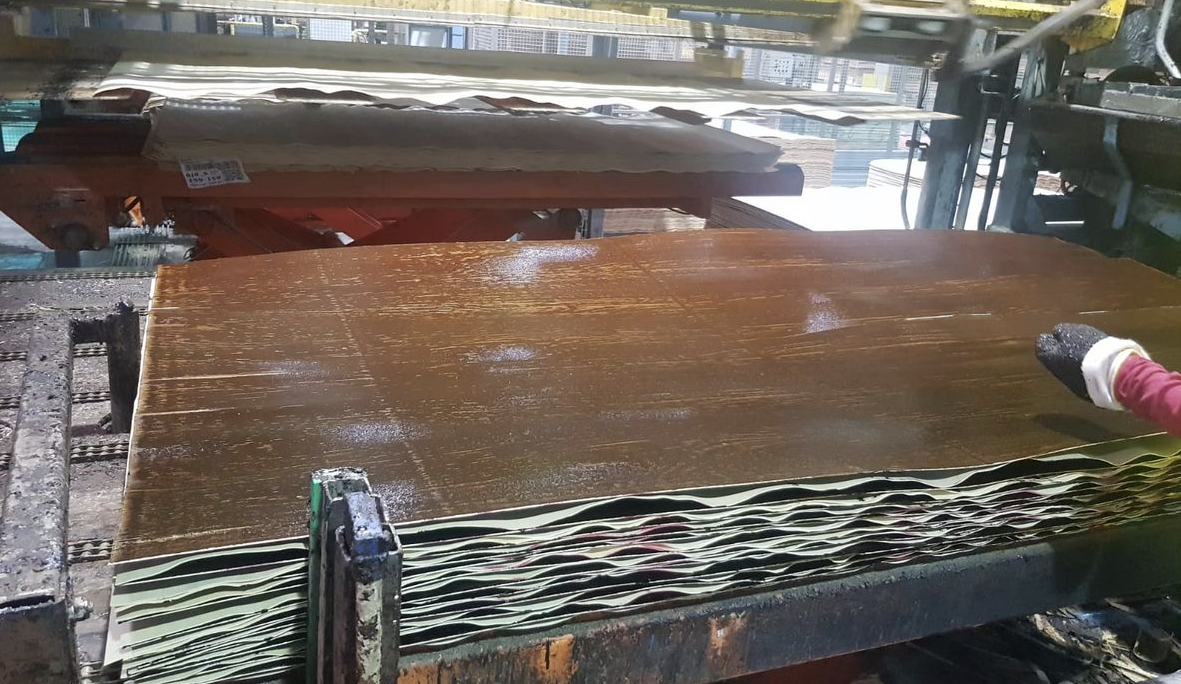

Most thrilling aspect of the story is that it wasn’t thrilling at all. The material for the world’s first wooden satellite was made in a similar way as the normal high-quality birch plywood at the Savonlinna mill.
The only difference was the selection of the veneers – only the best birch layers were used.

Because the veneers are cut out from the birch logs, they also have branches that are normally removed and “stitched” with a uniform veneer. As a result in a typical use the structural stiffness and characteristics of the plywood are not compromised. In small CubeSat parts this could still be a problem, so this Space Plywood was done with practically branchless and intact veneers.
The glue used was WISA BioBond that is now used for almost all birch plywood products. It is a new bio-based bonding solution for producing plywood replacing fossil-based phenol with bio-based lignin in the adhesive.
Lignin is a by-product generated during the kraft pulping process, so it is originating also from wood. This is an interesting industrial side stream in a circular economy and we’ll tell more about the lignin glue in another blog later.
After manufacturing the Space Plywood for WISA Woodsat was cut and sent to UPM Central Laboratory in Lappeenranta, where the plywood parts were dried in a thermal vacuum chamber. We’ll also write about this later.

But now, have a look at the Savonlinna plywood mill and listen at Tommi:
